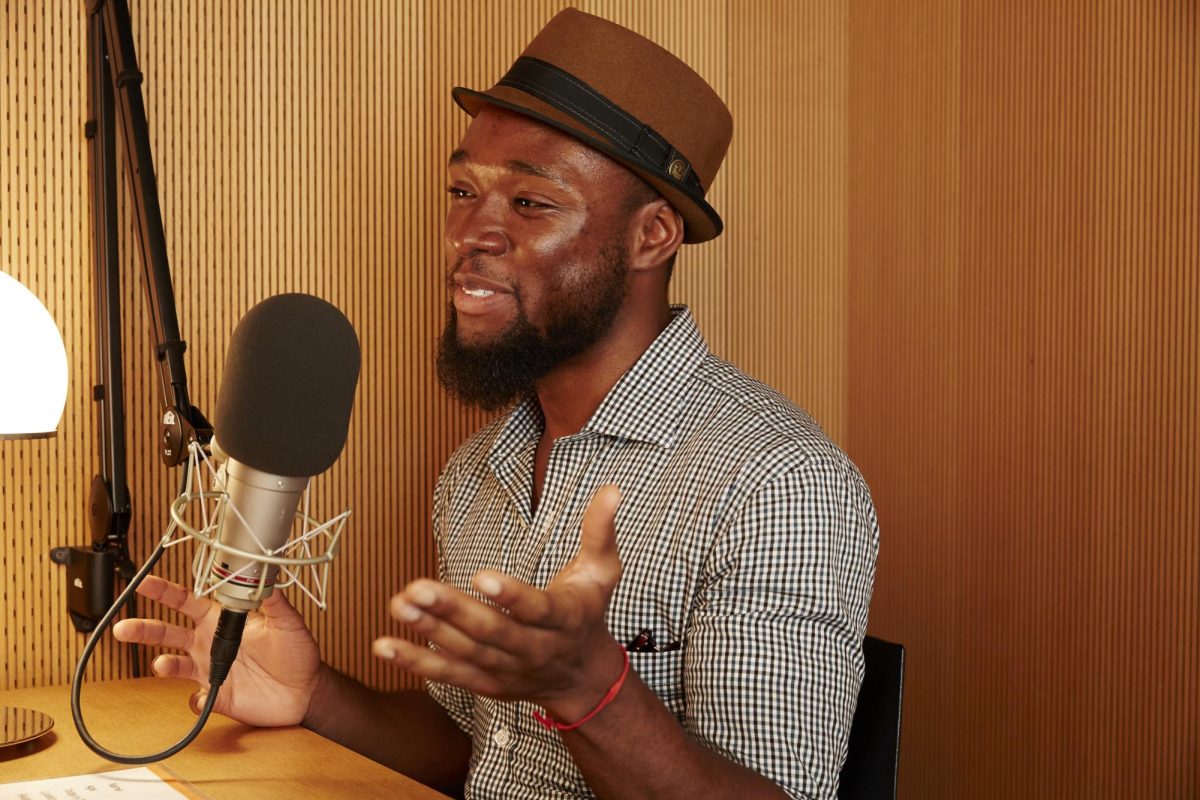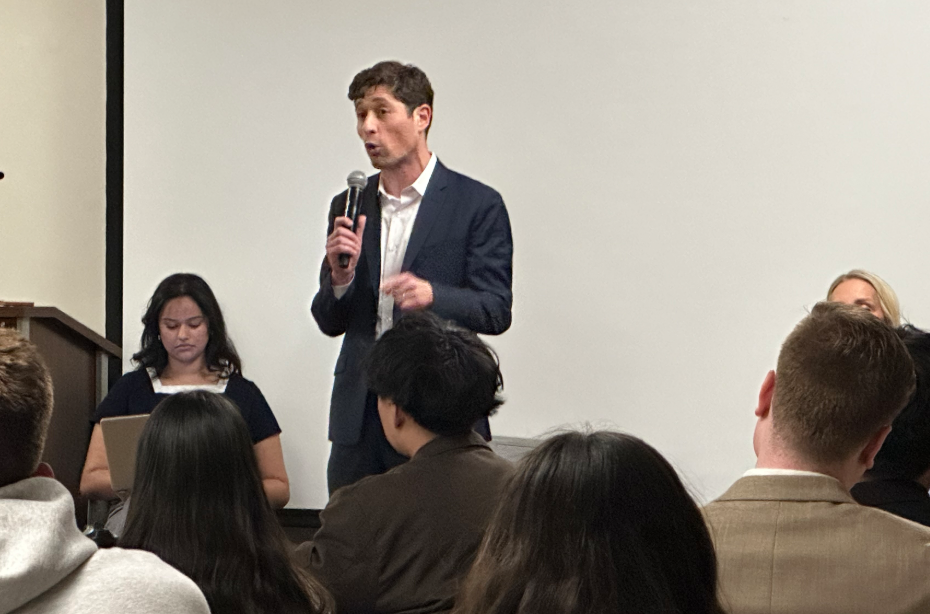Nearly half a century after the University of Minnesota Marching Band begrudgingly welcomed its first female percussionist, a woman is running the show.
Betsy McCann is the first female marching and athletic bands director in the University band’s 125-year history — and the first woman to lead a marching band in the Big Ten Conference.
But getting there wasn’t easy.
“I knew the University never had [a woman director] … but being the first in the Big Ten came as surprise,” McCann said.
The flutist joined the University marching band in 2000 as an alto saxophonist, looking to stretch her skills in preparation for a future career in music education.
After graduating from the University with a degree in music performance and education in 2003, McCann completed a master’s degree in conducting at Northwestern University and taught high school band.
McCann took a position as assistant director for the University’s band in 2013. A new mom to two young children, she felt the part fit her schedule well.
“[And] every year I was doing that, I ended up picking up more responsibilities,” she said.
Three years later, she’s at the top.
“I was just fortunate that I’ve been doing this for a number of years, and people were happy with the work that I was doing,” she said.
Working toward gender integration
The band exclusively recruited men at its inception in 1892, the band’s historian, Mark Gaffron, said.
Women filled in for men who left home to fight in World War II, but after the war, the school resumed its male-only policy, he said.
Female divisions of the band existed on-and-off between the end of the first World War and the late ‘60s, but as the the decade came to a close, women pushed for total inclusion in the band, Gaffron said.
In 1973, Joni Sutton — soon-to-be the band’s first female percussionist — tried out for the ensemble but received pushback from the male-dominated team.
One man said he’d quit the drum line if Sutton and other women joined. Another thought that even if the band welcomed women, the drum line surely wouldn’t.
Though some men wondered if a coed band would negatively affect its atmosphere.
“Once I was in and proved myself, that I wouldn’t hold [the band] back], I was treated like anyone else,” Sutton said.
By 1974, the student president of the marching band was a woman. Within a few years, the band fully integrated, though there were still kinks to sort out; with only seven uniforms for 35 women, the rest of the female team members acted as a dance group in their first year, Gaffron said.
Uniforms soon became available, but they had to be re-fitted for female bodies, said Ellen Sorenson, who joined in 1975.
“By the time I came, there wasn’t really any weirdness,” she said.
And because the band facilities in Northrop Auditorium had only one men’s locker room, women were forced to change in a hallway with slanted floors and doors that didn’t quite lock — until TCF Bank Stadium opened in 2009 — Sorenson said.
Women continued making strides in the University’s marching band as years passed.
In the ’90s, the application process for student band leadership changed, making way for more women to take on greater responsibilities. In 2006, Molly Watters became the band’s first — and only — female drum major.
An outpouring of support
Since accepting the offer, McCann has received emails and letters from former band members offering their support.
One such letter came from a former member blocked from the marching band in 1967because, the letter said, “the long and strenuous hours would be exhausting to the average girl.”
For McCann, the congratulations are motivational.
“I need to make sure that I do a great job for the all the reasons I should – for the students, the school, for myself – but also for these people who are happy that this milestone has happened,” she said.
In her new role, McCann will serve as a role model for young Minnesotan women, Sutton said.
“[McCann] isn’t there as a token,” she said. “She’s there because she can get the job done.”








